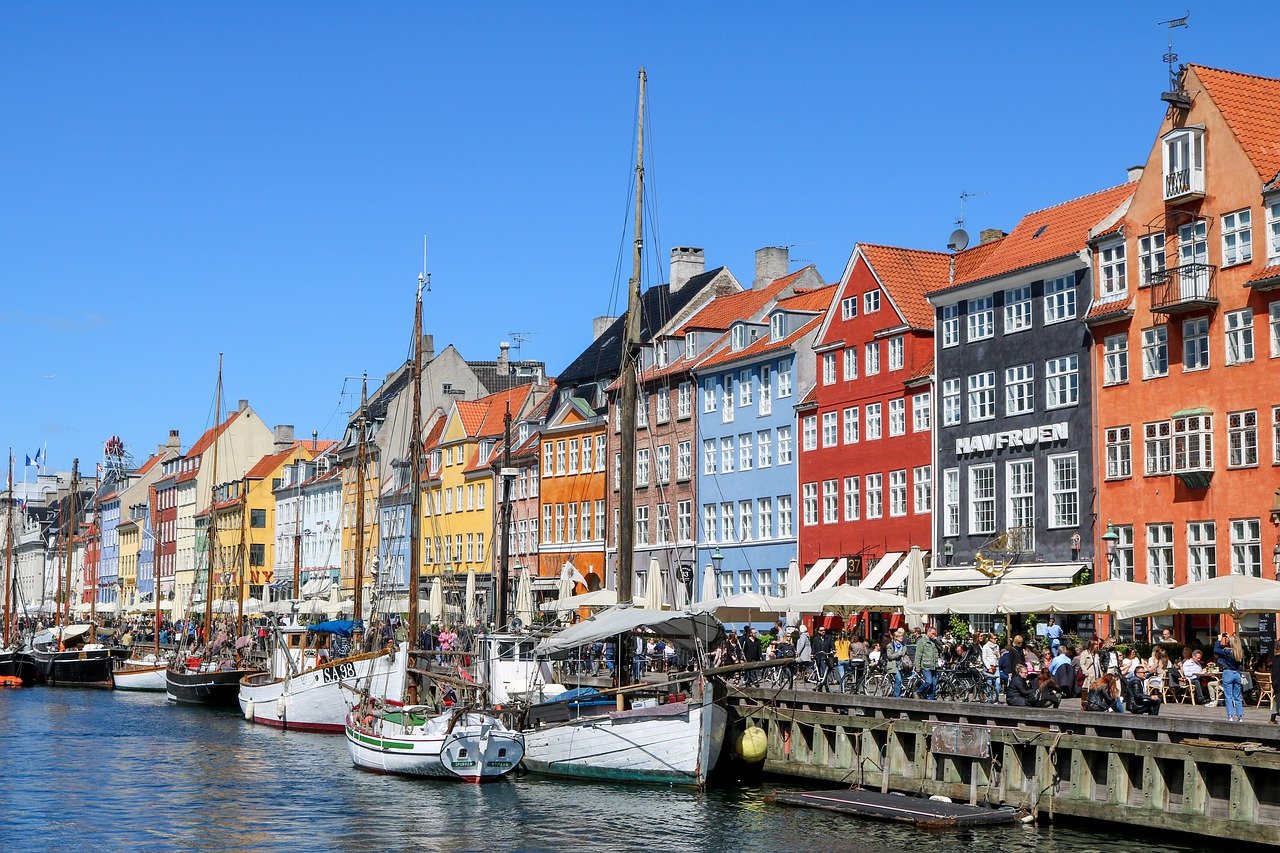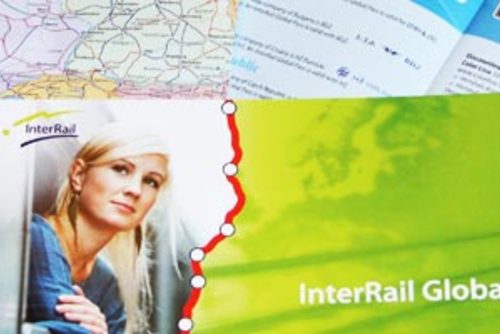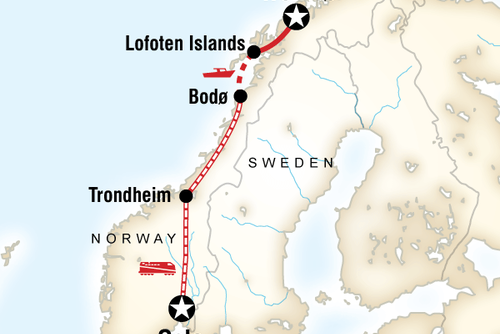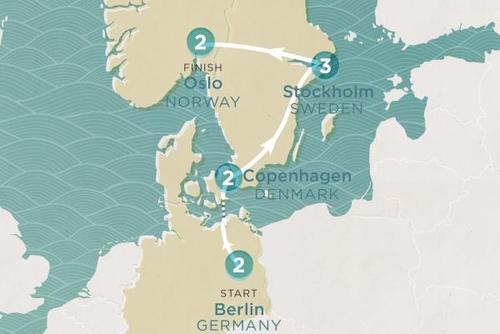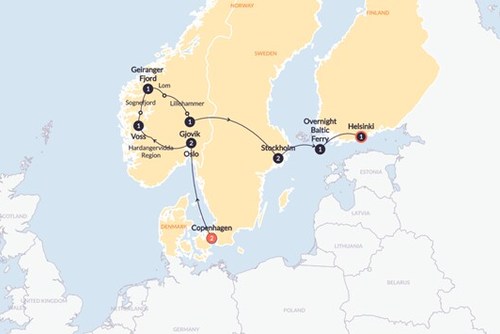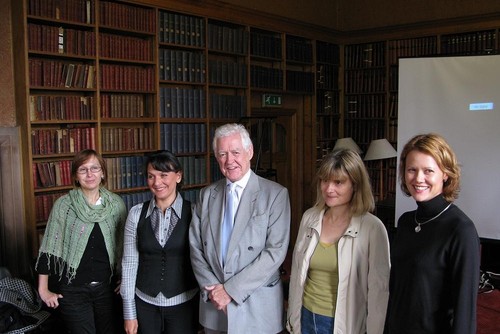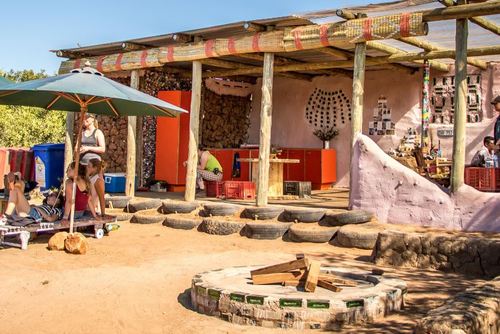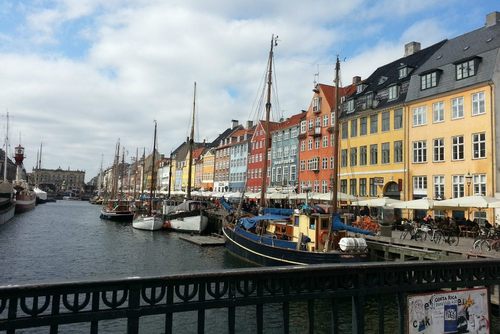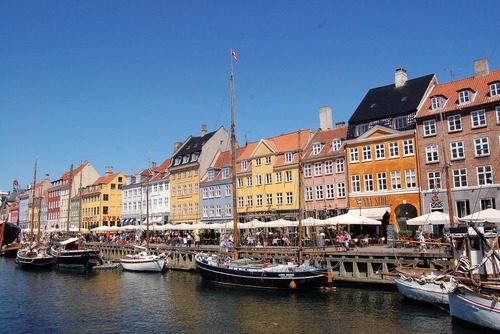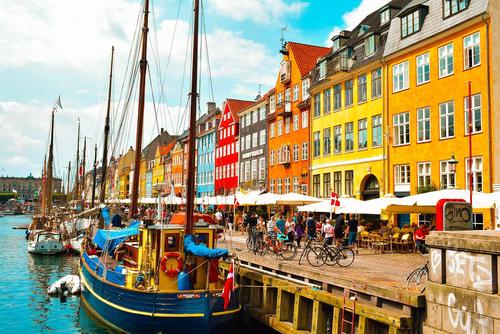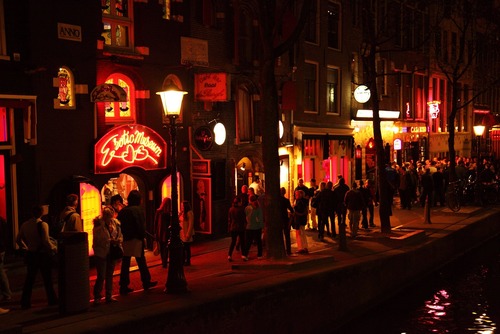‘Taking a city break in Oslo, Copenhagen and/or Stockholm is a pipe dream’ you tell yourself.
With high wages comes high living costs and a glance at accommodation prices alone might make your wallet shrivel up in fear. But have hope!
It is possible to travel urban Scandinavia without taking out a second mortgage, and here’s how:
Getting to Scandinavia
The best way to get to Scandinavia is by air. Flights from London and other European destinations are surprisingly good value on low cost airlines especially if you book in advance. Use Skyscanner to get the best deals.
Accommodation
Although hotel prices in the capitals will make you need a stiff drink or two, renting a place through Airbnb or similar is much more affordable.
Don’t be afraid to rent a room or apartment a little further out of the city centre – the public transport is almost ridiculously extensive, and if you buy a city pass (which I recommend) then all the transport costs will be covered.
With populations between the half a million and million mark, the cities aren’t exactly sprawling metropolises and are easily navigable on foot or by bike, so it’s best to not be overly fixed on an exact area.
If you do want to spend a little extra to get a bit more central, there are plenty of charming areas of town to stay in. In Oslo, the Grunerløkka area is where all the cool cats hang out with trendy bars and restaurants that are just about affordable with a non-platinum credit card.
If you’re seeking an up-and-coming area with a lively nightlife scene in Copenhagen, then look to Nørrebro, which is handily smack in the city centre and won’t cost you an arm and a leg. Want a more laid back holiday?
Why not stay in Amager East, which, while still being within easy distance of the sights via public transport, also has a lengthy beach with views all the way across to Malmö in Sweden.
Stockholm, as you’ll quickly learn upon arrival, is a dizzying jumble of islands, hills and bridges. I can’t guarantee that you’ll ever find your way around it, but what better way to get to know a city than by getting lost in it?
Each island is distinct with its own character and feel, and for the intrepid traveller, Södermalm is ideal. Centrally located with a tangible buzz and a certain je ne sais quoi, this scenic neighbourhood has a lot going for it.
To get the best deals book in advance and use a comparison website like Booking.com.
City Passes
Each of the cities offers a city pass which covers entrance fees to many of the best attractions and museums as well as all public transport for either 1, 2 or 3 days.
These are great value for money if you intend on hitting up most of the landmarks and they allow you to properly explore the city without overly worrying about your purse strings.
It depends on what you want to see and do in each city, and not all passes are created equal, so for instance you may find it best to buy a Copenhagen Card and not an Oslo Pass or vice versa.
Research a little in advance which sights you absolutely have to visit, if they’re covered by the city pass, and whether it will work out cheaper to buy the pass, which it usually is.
Getting Around
Travelling between the cities is best done by train, and if these three countries comprise your entire trip it is cheaper not to buy an interrail pass or Eurail card.
By booking well in advance so you can get very respectable fares. There are very frequent trains between the capitals on high speed lines, and it’s much more comfortable than flying.
Food & Drink
On first impression it might seem a Herculean task to find places to eat out where you don’t have to sell a kidney for a starter, but it can be done.
As in any city, cheaper restaurants can be found a few streets away from the main tourist areas. For the unapologetic hipsters out there, Copenhagen street food is the mother lode.
A diverse range of food stalls inside a former warehouse on Paper Island grants you the opportunity for a perfect Facebook check-in and, even better, delicious food for a decent price. Save a little by buying breakfast from supermarket bakeries which are still pretty damn tasty on the cheap.
If you’re after some traditional staple foods like reindeer burgers or Swedish meatballs, they can be found with a little legwork.
Another option is to stay in accommodation which has kitchen facilities. This way you can uy food from local shops or supermarkets and then prepare meals yourself, this will save you a lot of money compared to eating out everyday.
In essence, take a little time to figure out exactly what you want to do during your time discovering Scandinavia and bear in mind these tips to make the most of your time and money. Both your scrap book and your bank account will thank me!
By Louise Wylie
Related Pages

